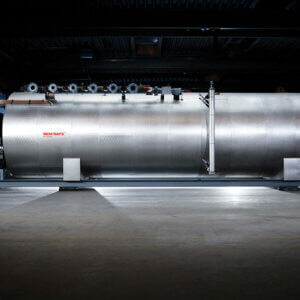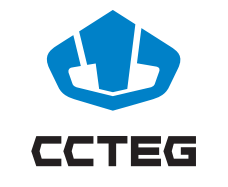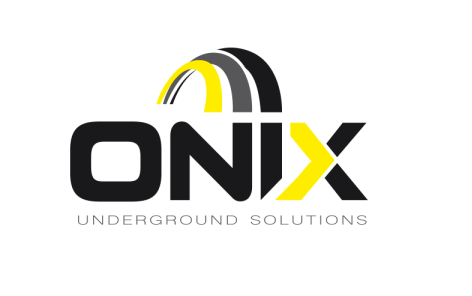In the rapidly evolving landscape of sustainable architecture, the integration of Photovoltaic Glass technology stands as a transformative force. This comprehensive insight aims to explore the nuances of this groundbreaking technology, delving into its structure, applications, and the revolutionary impact it brings to the architecture and energy sectors.
Understanding Photovoltaic Glass Technology
At its core, Photovoltaic Glass is engineered to seamlessly embed solar cells within its structure. Unlike conventional solar panels, this glass merges functionality with transparency, creating a dual-purpose material that serves as both a building component and an energy generator. Thin-film solar cells, known for their flexibility, play a pivotal role in enabling the adaptability of Photovoltaic Glass to diverse architectural elements.
Flexible Solar Panels: Shaping Architectural Possibilities
The evolution of flexible solar panels, powered by materials like thin-film solar cells, has ushered in a new era of architectural design possibilities. These panels, known for their malleability, can conform to irregular surfaces, including curved structures and unconventional architectural forms. The marriage of flexibility and efficiency in solar technology allows architects to integrate energy-generating elements seamlessly into various building components.
Photovoltaic Glass in Action: Transforming Windows and Façades
One of the hallmark applications of Photovoltaic Glass is its integration into windows, skylights, and building façades. The transparent and flexible nature of this glass enables architects to incorporate solar energy generation without compromising aesthetics. It revolutionizes the very concept of windows, turning them into active contributors to a building’s energy needs while allowing natural light to permeate interiors.
Solar-Integrated Building Envelopes: The Future of Sustainable Architecture
Beyond windows, the innovation extends to solar-integrated building envelopes. Transparent and semi-transparent solar glass facades and solar wall panels redefine exterior walls as potential energy-producing surfaces. This not only enhances the overall energy efficiency of structures but also adds a distinctive layer of sophistication to modern architectural designs.
Realizing the Vision of Solar-Integrated Architecture
Examining real-world applications illustrates the transformative impact of Photovoltaic Glass on architecture. From irregular surfaces adorned with flexible solar panels to entire building exteriors seamlessly incorporating solar glass, these case studies showcase the practicality, efficiency, and aesthetic appeal of solar-integrated architecture.
Looking Ahead: Towards a Solar-Powered Urban Landscape
The convergence of Photovoltaic Glass technology and flexible solar panels marks a pivotal moment in architectural innovation. As architects and engineers continue to push the boundaries of what’s possible, the vision of urban landscapes powered by seamlessly integrated solar elements becomes more tangible. This not only addresses the energy needs of buildings but also contributes significantly to the global shift towards sustainable and visually captivating urban environments.
Ausinland joins forces with EUREF Beijing, a world leading enterprise in the zero-carbon sector, and Tsinghua University’s Carbon Neutrality Center to provide zero-carbon designs and solutions for sustainable development.















